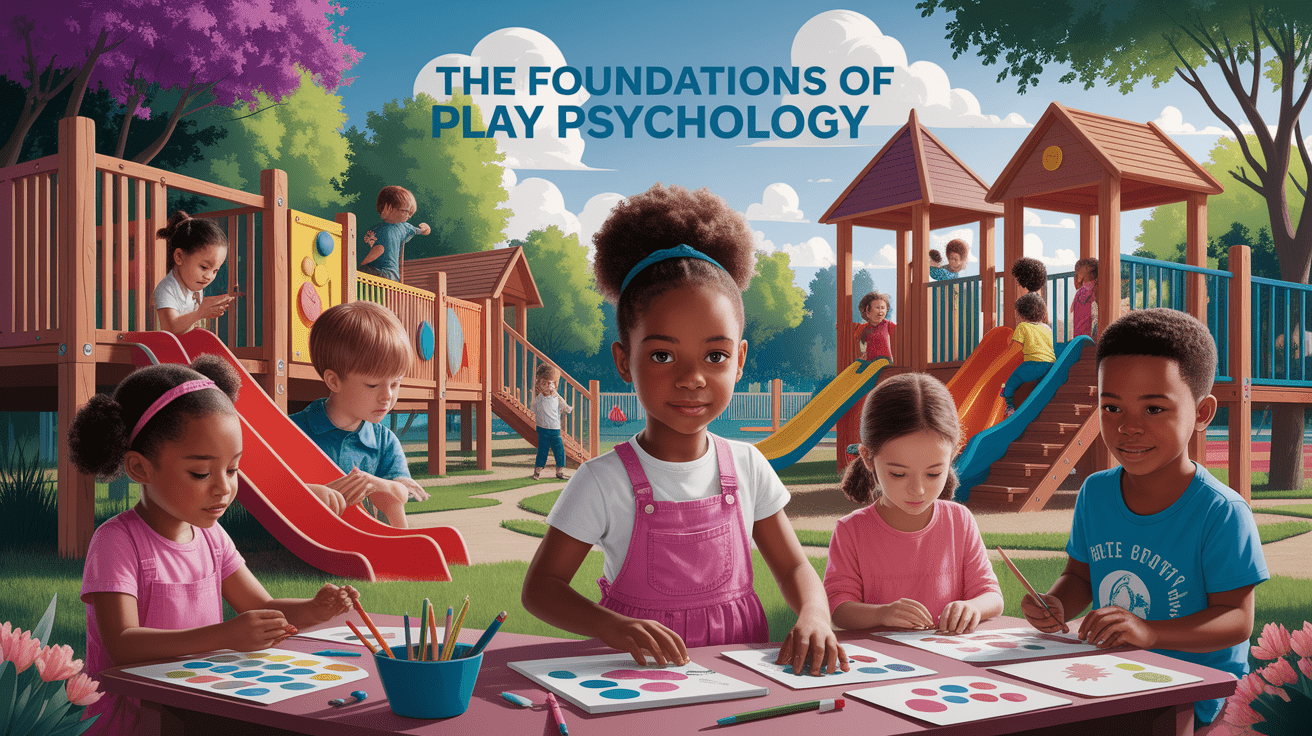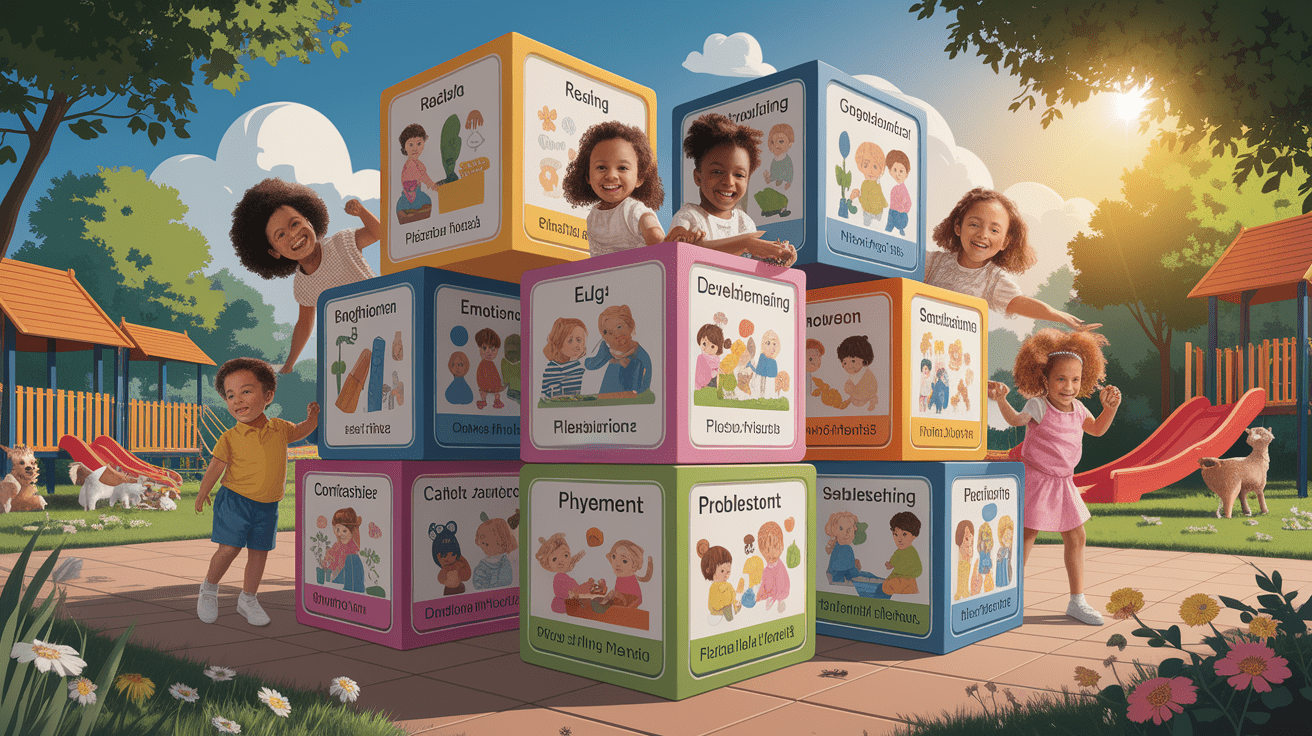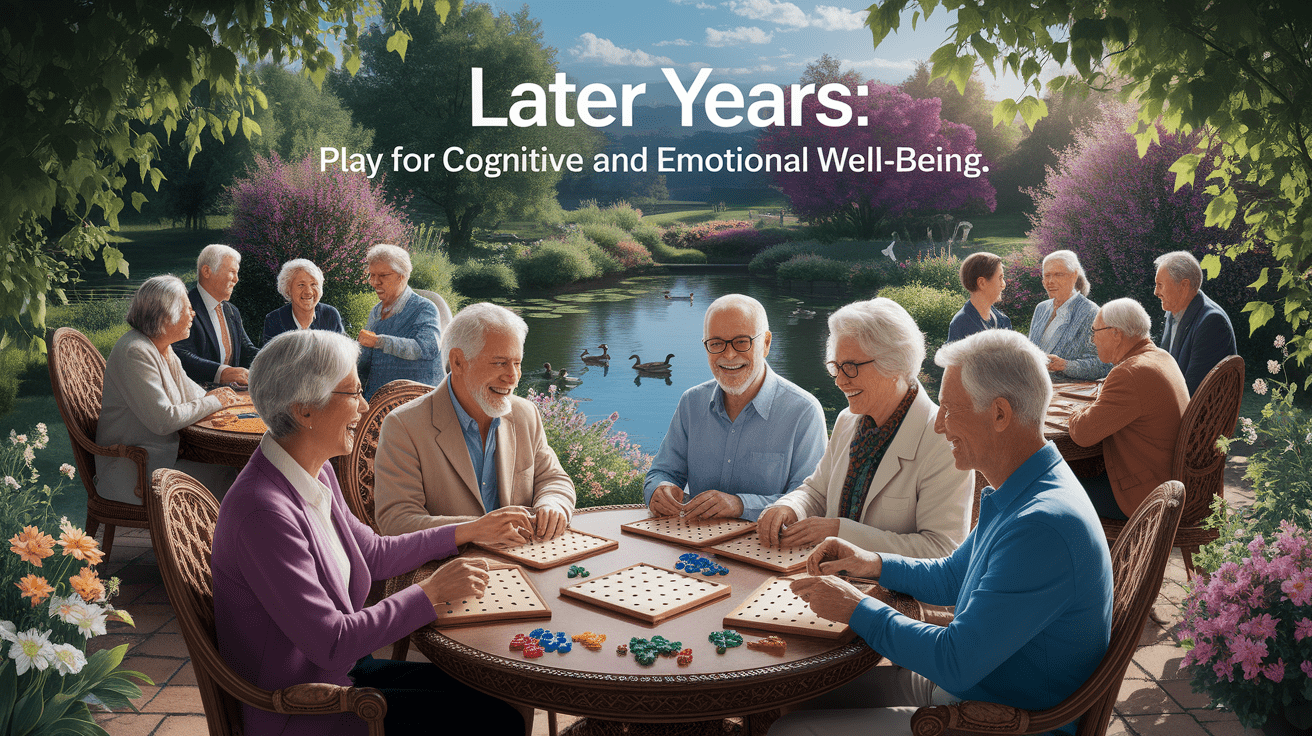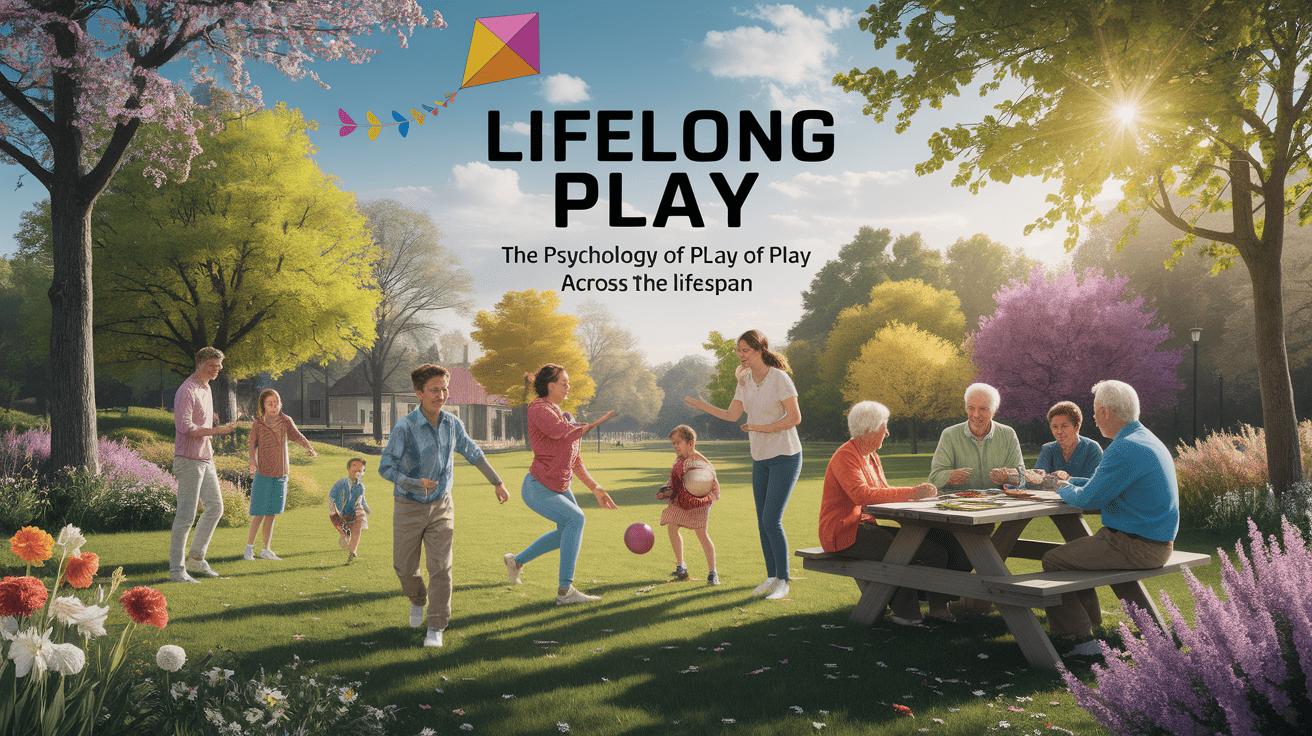Lifelong Play: The Psychology of Play Across the Lifespan
Playful Beginnings: Why Play Matters at Every Age
Play is a universal human activity that extends far beyond childhood. While it is most often associated with early years, developmental psychology emphasizes that play serves essential functions across the entire lifespan. From facilitating cognitive development in children to reducing stress and enhancing social bonds in adulthood, recreational and playful activities adapt to meet the evolving psychological, emotional, and physical needs of individuals. Research demonstrates that engaging in play — in its many forms — supports lifelong learning, fosters resilience, and promotes emotional well-being.

Foundations of Play Psychology
The study of play is informed by multiple theoretical perspectives. Sigmund Freud regarded play as a means for children to express and work through emotions, while Jean Piaget and Lev Vygotsky recognized it as a central mechanism for intellectual and social growth. Piaget described different types of play aligning with cognitive stages, such as functional, symbolic (pretend play), and games with rules. Vygotsky emphasized the social and cultural dimensions of play, particularly its role in developing higher mental functions through interaction.

Mildred Parten contributed significantly through her classification of the six stages of play, grouped into non-social play (unoccupied, solitary, onlooker) and social play (parallel play, associative play, cooperative play). These stages, observed primarily in children aged 2 to 5, highlight how play behavior progresses from independent activities to complex, collaborative interaction as social development advances.
Early Childhood: Building Blocks of Development
In early childhood, play functions as both a natural behavior and a purposeful educational tool. According to lifespan development studies, play-based learning enhances multiple developmental domains:

- Cognitive Development: Activities such as pretend play and constructive play help children practice problem-solving, memory skills, and creativity.
- Social Development: Through cooperative play, children learn communication, negotiation, and teamwork.
- Emotional Development: Dramatic play allows exploration of feelings, roles, and empathy.
- Physical Development: Outdoor and physical play promote motor skills, coordination, and sensory integration.
Early play often moves through stages identified by Parten. For example, parallel play — where children play side-by-side without direct interaction — may evolve into associative or cooperative play as social competence grows. Frequent and diverse play opportunities in early years also build the foundations for later learning and adaptive skills.
Adolescence and Adulthood: Shifting Play Forms
As individuals enter adolescence, play behaviors shift toward more structured, skill-oriented, and socially nuanced forms. Sports, video games, creative hobbies, and social activities replace simple exploratory play, but they continue to support developmental needs. Adolescents benefit from games with rules that foster strategic thinking, cooperation, and identity exploration.

In adulthood, play often manifests as leisure activities, sports, travel, role-playing games, or creative expressions such as art and music. The American Psychological Association highlights that adults who engage in play or playful activities experience reduced stress levels, enhanced social connections, and improvements in mental health. This is due in part to neuroplasticity — the brain’s lifelong ability to adapt and form new neural connections — which is supported by novelty and playful engagement.
Later Years: Play for Cognitive and Emotional Well-being
In older adulthood, play can take forms such as board games, dance, gardening, and community-based recreational activities. These activities contribute to:

- Cognitive Health: Games and puzzles stimulate memory, problem-solving, and attention, potentially lowering dementia risk.
- Emotional Resilience: Group activities and humor enhance mood and life satisfaction.
- Social Engagement: Participation in clubs, classes, or cooperative play fosters connection and reduces isolation.
Psychological research confirms that lifelong play can buffer against age-related decline, promote adaptability, and encourage ongoing personal growth, echoing the principles of lifelong learning.
Implementing Play Across the Lifespan: Practical Insights
To maximize the benefits of play at every age, consider these evidence-based recommendations:
- Children: Offer varied play forms, from sensory and exploratory play to rough-and-tumble and dramatic play, ensuring safe and stimulating environments.
- Adolescents: Encourage team sports, strategy games, and creative arts to support identity development and social skills.
- Adults: Integrate leisure and recreational activities into routines to manage stress and maintain relationship quality.
- Older Adults: Facilitate access to intellectually and socially engaging activities to promote cognitive resilience and emotional well-being.
Play therapy can be adapted across age groups, serving as a therapeutic intervention to address trauma, support mental health, and enhance communication skills.
The Endless Playground: Embracing Play at Every Stage
Across the lifespan, play remains a vital psychological and social resource. Despite changes in form, complexity, and context, it consistently facilitates learning, adaptation, and connection. Understanding the developmental underpinnings of play — from Piaget’s cognitive stages to Parten’s social interaction model — provides valuable insight into maximizing its benefits. By intentionally integrating play into all stages of life, individuals and communities can harness its capacity to sustain mental agility, foster creativity, and support emotional health.







